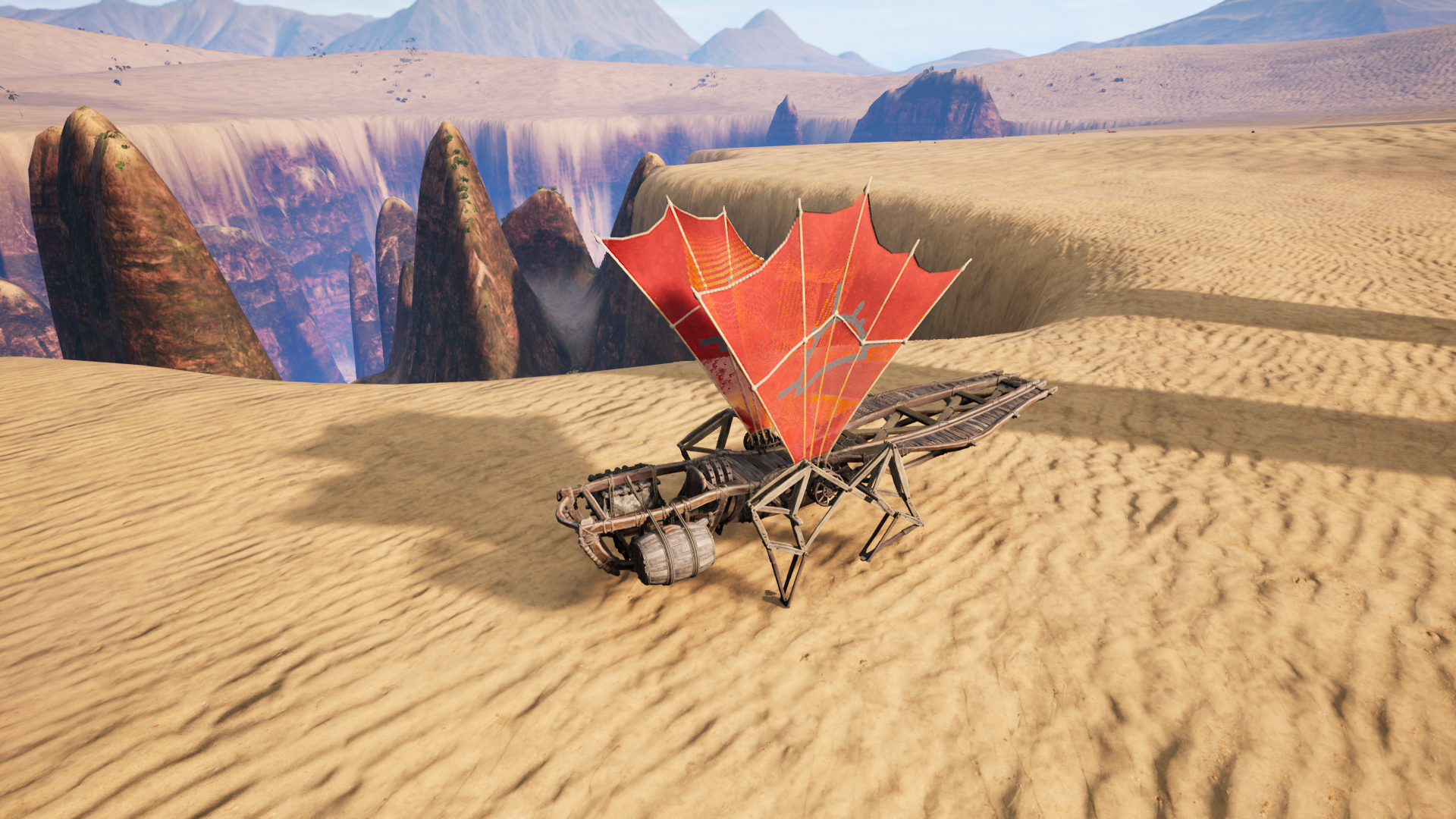


Walker himself thinks of the canvas as having a mimetic relationship to the wall it might be displayed on, but also to the structure of the bricks and cinder blocks in the urban cityscape of New York, that he sees everyday through his studio window. Between the gaps, glossy pages stand in as the “mortar” and seem to emerge from behind the bricks, when in fact they are pasted on top of the canvas surface. 3m) canvas appears to be at once a brick wall and a variation of an abstract grid. The resulting panels oscillate between illusionism and flatness, as each 10-foot (approx. He prints the silkscreens on canvas with uneven hand pressure. Walker begins by scanning individual bricks, which he then arranges into a stacked alignment and silkscreens using a four-color process. (254 x 147.3 cm), Courtesy of Paula Cooper Gallery New York Another Brick In The Wall (254 x 147.3 cm) / Right: Kelley Walker, four-color process silkscreen with acrylic ink and magazine collage on Domus Febraury 2012 100 x 58 in. Left: Kelley Walker, Untitled 2013, four-color process silkscreen with acrylic ink and magazine collage on canvas Domus April 2012,100 x 58 in. Created between 20, Walker’s large canvases of powdery silkscreened bricks to be displayed at Paula Cooper Gallery are lined and separated with fragments of pages from the Italian architecture and design magazine Domus. Walker began making his brick paintings in 2005, first entirely in silkscreen and later adding collaged printed material. Walker’s gestures mimic violence and contrast, merging ethical corruption and graffiti pop. Printed in large scale, and set at 90 degree angles, the images of racial unrest are smeared with abstracted patterns in symbolic white and chocolate. Walker is most recognised for his Black Star Press (2006) screen-printed paintings based on photos similar to those used by Andy Warhol in his Race Riot works. Kelley Walker, Black Star Press, 2006 (for illustrative purposes only) Paintings by Kelley Walker He sometimes produces collaboratively with artist Wade Guyton under the label Guyton/Walker. Walker also creates sculptures from found objects, as well as installations. Using the power of advertising media, Kelley Walker’s paintings appropriate iconic cultural images, digitally altering them to highlight underlying issues of politics and consumerism. The American artist, who lives and works in New York City, had the honor to be compared with Robert Rauschenberg by art historian Robert Hobbs in an essay published on the occasion of his last solo exhibition at Paula Cooper Gallery. What do chocolate, toothpaste, Whitney Houston's video How Will I Know and screen-printed paintings have in common? Kelley Walker would be the correct answer, but also a very crude way to describe his art.


 0 kommentar(er)
0 kommentar(er)
